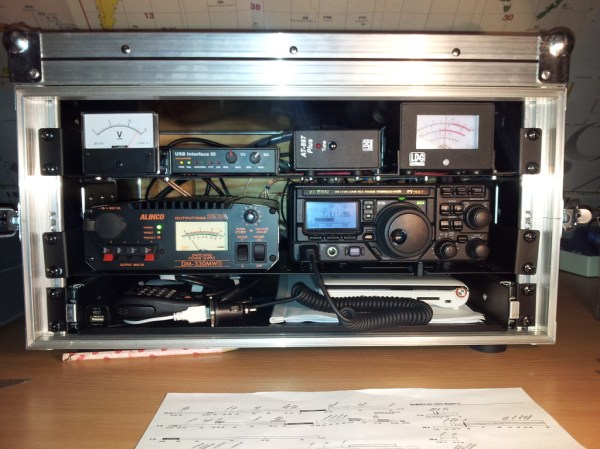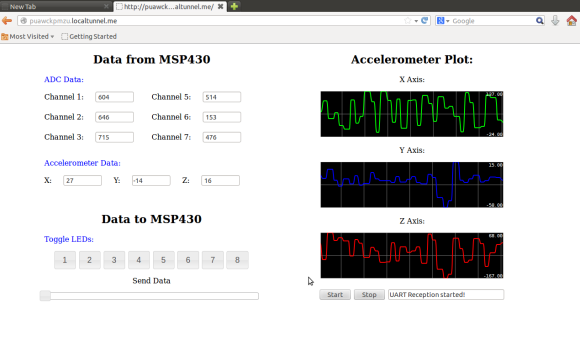For the last ten years or so, computing has been divided into two camps: Windows, and everything else with a *nix suffix. Want a computing paradigm where everything is a file? That’s Linux. Want easy shell scripting that makes the command line easy? Linux. Want a baroque registry with random percent signs and dollar symbols? That would be Windows. Want to run the most professional productivity apps for design and engineering? Sadly, that’s Windows as well.
*nix runs nearly the entire Internet, the top 500 supercomputers in the world, and is the build environment for every non-Windows developer. Yet Windows is the most popular operating system. The divide between Windows and *nix isn’t so much a rivalry, as much as people who still spell Microsoft with a dollar sign would tell you. It’s just the way personal computing evolved by way of legacy apps and IT directors.
Now, this great divide in the world of computing is slowly closing. At Microsoft’s Build 2016 developer’s conference, Microsoft and Canonical, Ubuntu’s parent company, announced a partnership that will allow Ubuntu to run using native Windows libraries.
In short, this announcement means bash and the Linux command line is coming to Windows 10. The command line is great, but userland is where it’s at, and here this partnership really shines. Unlike Cygwin, the current way to get *nix stuff running in a Windows environment, Windows’ bash will allow unmodified Linux programs to run unmodified on Windows 10.
It is not an understatement to say this is the most important development in operating systems in the last 10 years. For the last decade, every developer who is not purely a Windows developer has picked up a MacBook for the sole reason of having BSD under the hood. If you’re looking for a reason Apple is popular with devs, it’s *nix under the hood. This announcement changes all of that.








 The Internet of Things is here in full force. The first step when adding to the Internet of Things is obvious, adding a web interface to your project. [Jaspreet] wrote in to tell us about his project that adds a
The Internet of Things is here in full force. The first step when adding to the Internet of Things is obvious, adding a web interface to your project. [Jaspreet] wrote in to tell us about his project that adds a 









